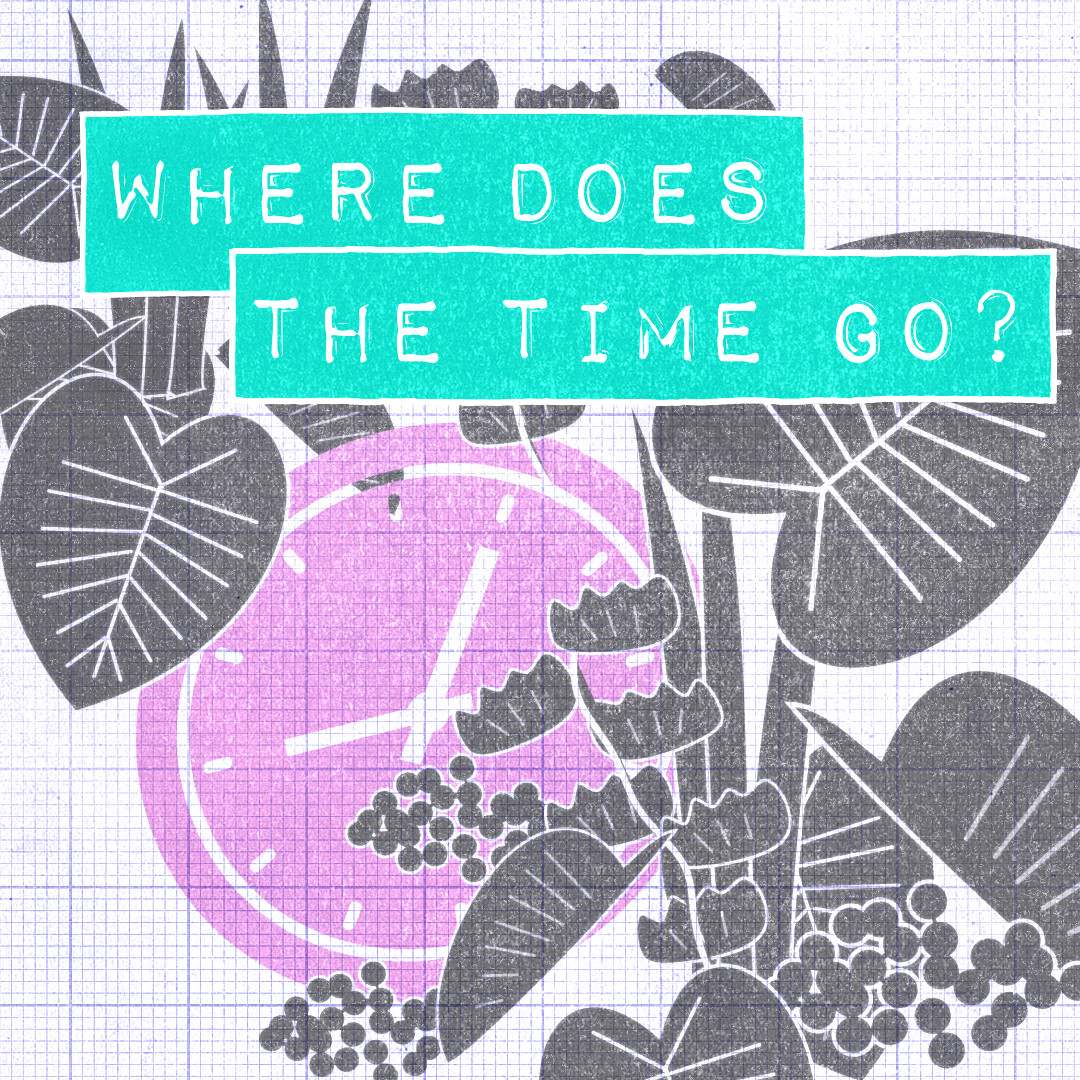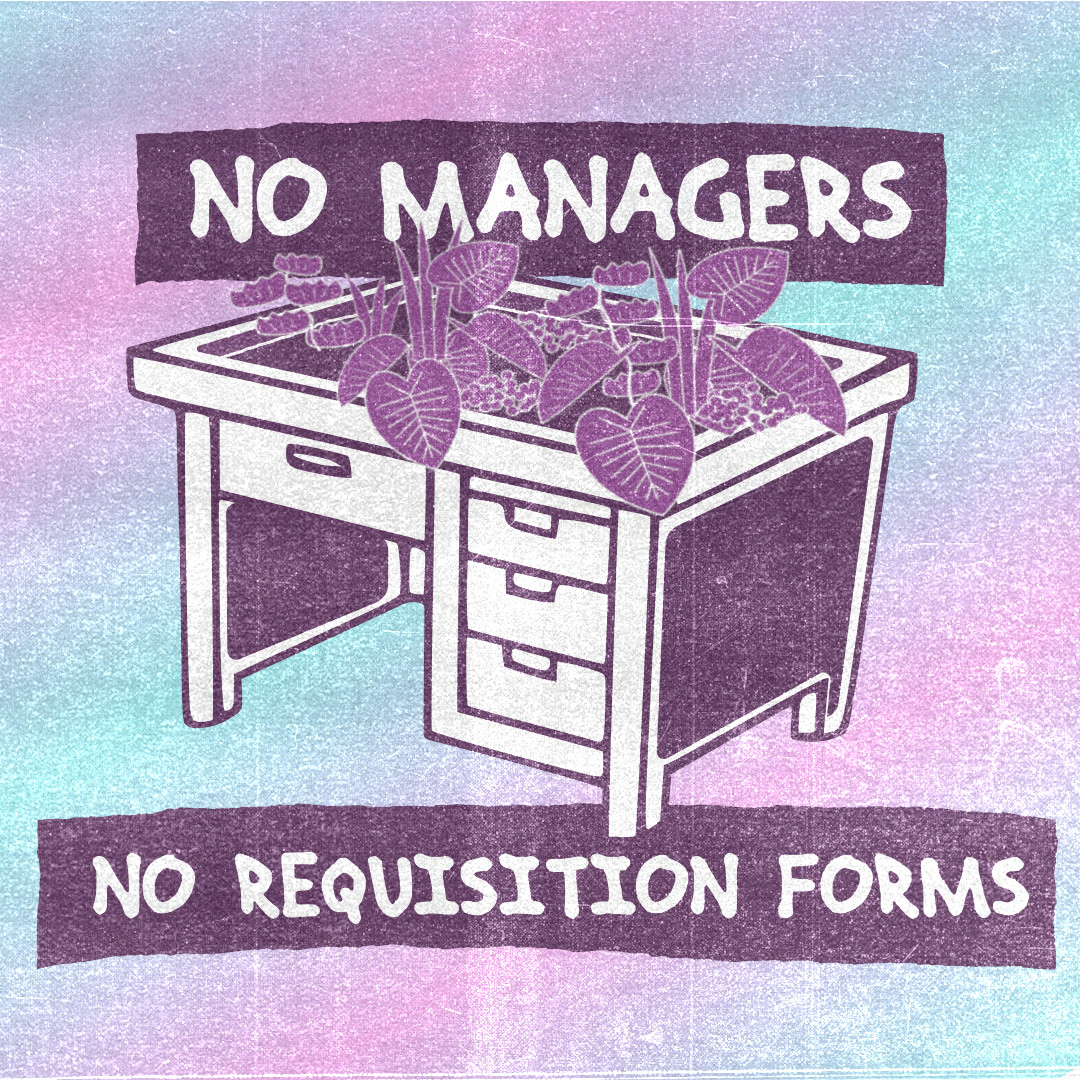How can a group of people best make decisions? This question is everywhere, though it’s usually not stated directly. It’s hidden in the background when people complain about their bosses, co-workers, or company policies. It’s in the mix in family dynamics and among friends. The answers also aren’t usually stated, but they have a huge impact on people’s day-to-day lives.
There are lots of ways people (implicitly) answer the question, but in my experience, equitable, respectful, egalitarian ways of making decisions are in short supply. At least in mainstream organizations and companies. As I wrote about last week, outside the mainstream there is a rapidly developing toolbox of better ways for us to work together.
I want to share some resources from an organization called Seeds for Change which is dedicated to helping social movements and organizations work better. They have guides about better working with people, whatever the context.
Everyone involved is valuable
The core of Seeds for Change, and for many horizontally organized groups, is the consensus process. In some ways, consensus is simple and familiar. In other ways, it works so differently from other decision-making models that it can be hard to see it’s possible.
At its most basic, consensus is a process where a group of people work together to find a solution that suits everyone’s needs, or at least that no one totally objects to. People use informal consensus all the time. Like when a group a friends or family members decide where to go for dinner. Generally, everyone talks about what they’d like and what constraints they have, and hopefully find somewhere that everyone is okay with.
In a situation like picking a restaurant, not doing something like consensus would seem weird or maybe unhealthy. Like if one person decided and everyone just had to go along, like it or not. Or imagine if everyone voted, a BBQ place happened to win, and the vegetarians in the group get stuck watching everyone eat ribs. Either case would go against the spirit of a group of equal friends hanging out. Maybe it might be worth having a serious talk with those friends!
The whole consensus process comes from some ethical commitments that are especially clear in the case of a group of friends:
Everyone has equal value
Everyone has something to contribute
Everyone’s needs are important
No one should be forced to do something that they object to
Folks who advocate for consensus process want to apply those ethical commitments in more formal settings (organizations, movement groups, governance). All the technical aspects come from trying to make it work in reality.
Here’s a video from Seeds for Change with more on the core idea of consensus.
Guide rails
When people talk about consensus not working, they often are imagining a direct application of the informal “everyone works it out” and “everyone agrees” approach. Informality works with a small group of relatively similar people, but it doesn’t scale, especially when the stakes are higher and people come from different perspectives. A larger, more diverse group needs guide rails to get it to work.
There are lots of ways to do it, but the process outlined by Seeds for Change is pretty straightforward:
Present the issue. Someone describes the issue at hand and shares key information and known constraints.
Discussion. Everyone in the group discusses the issue, shares ideas, further considerations and constraints, asks questions, and so on.
Proposal. From the discussion, a solution or course of action starts to coalesce. The group (or an individual or subgroup) turns that direction into a concrete proposal.
Check for agreement. Everyone explicitly weighs in on the degree to which they agree or disagree with the proposal. If enough people agree and few enough people disagree (the numbers vary from group to group), then the proposal is accepted and work begins. If it’s not, then the group goes back to the discussion phase to try to modify the proposal.
Part of the key here, and an important way that this works differently from voting, is that people don’t just agree or disagree, there are several shades that range from blocking, to standing aside, to agreeing. Often with several shades between each.
The second key is that a bloch isn’t really a “no”. It’s more of an indication that the proposal isn’t ready yet. Everyone in the group then has the task of understanding the objections and modifying the proposal.
Here are some resources to learn more about the ins and outs of consensus:
A video about the core process:
- A short guide to consensus
- A long guide to consensus
- A whole book about consensus processes
- A video about the attitudes and behaviors needed:
A skillful practice
Consensus isn’t easy. It’s a skillful practice and like anything worthwhile, it can go wrong. If people don’t have a strong commitment to working together, a lot of respect for the others in the group, and a willingness to wade through the uncertainty of the process, the whole thing will fall apart or turn toxic pretty quickly. It’s a tall order, but not impossible. And those perspectives can group through being involved in the process.
There are also specific interpersonal skills that help, like listening, dealing with conflict, recognizing power and privilege dynamics, and so on. These are all skills that are vital in a consensus process, but are important in any group setting.
Seeds for Change has some guides to help people build these skills:
Hard but necessary
There’s an on-going discussion about whether or not consensus process “works.” It can feel a lot less efficient than just having someone in charge or just voting. That may be, but proponents of consensus argue that the decisions can be better when they draw on more people’s wisdom and that the process leads to stronger communities and groups because it brings people together, rather than separate them. For me, the core ethical commitments are vital to a healthy world and I’m for any techniques that can instantiate them.
Think about decisions that you’ve been involved in or have seen. Are there places where you see a need for more inclusive ways of working together? If you have any say in the process, these techniques (or even the inclination behind them) might help.




